When conventional machinery falls short, these industrial giants step in with jaw-dropping power and efficiency. From demolishing skyscrapers to harvesting 195 tons of grain hourly, these mechanical marvels transform impossible tasks into everyday operations. Moving enough earth to fill 23 Olympic swimming pools in one shift is routine for a single dragline excavator. Throughout the day, massive dredging vessels clear shipping channels with capacity for 30 Olympic pools of material. Stretching nearly half a kilometer long, the Shell Prelude FLNG makes conventional ships look like bathtub toys.
Construction, mining, agriculture, and marine operations have been completely redefined by these engineering titans. Their unmatched capabilities make them indispensable for the world’s most demanding jobs despite challenges like high operational costs and environmental concerns. These monsters of machinery deliver solutions with ruthless efficiency and remarkable precision when ordinary equipment simply can’t handle the task.
20. Anchor Chain Bulldozer
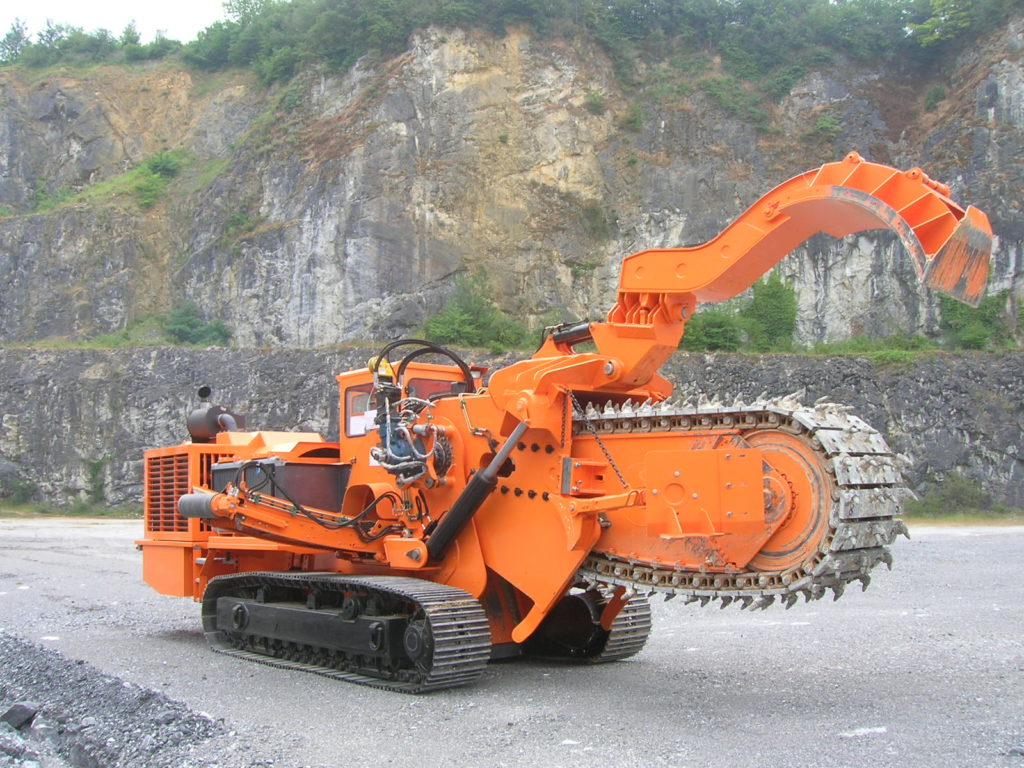
When wildfire threatens communities, anchor chain bulldozers create lifesaving firebreaks with ruthless efficiency. Each chain link weighs about 40 kg. These chains can stretch over 150 meters, flattening trees and brush in their path.
Fire crews rely on this brute force method to create firebreaks. Large ranches use them too, keeping land clear and manageable. Despite their efficiency, these machines face criticism for significant environmental impact, including soil disruption and habitat destruction.
Their limited precision and high fuel consumption have led to a gradual shift toward more sustainable clearing methods. A single chain-equipped bulldozer can clear 200 acres per day – 40 times faster than conventional clearing methods.
19. Massive Dredging Vessel
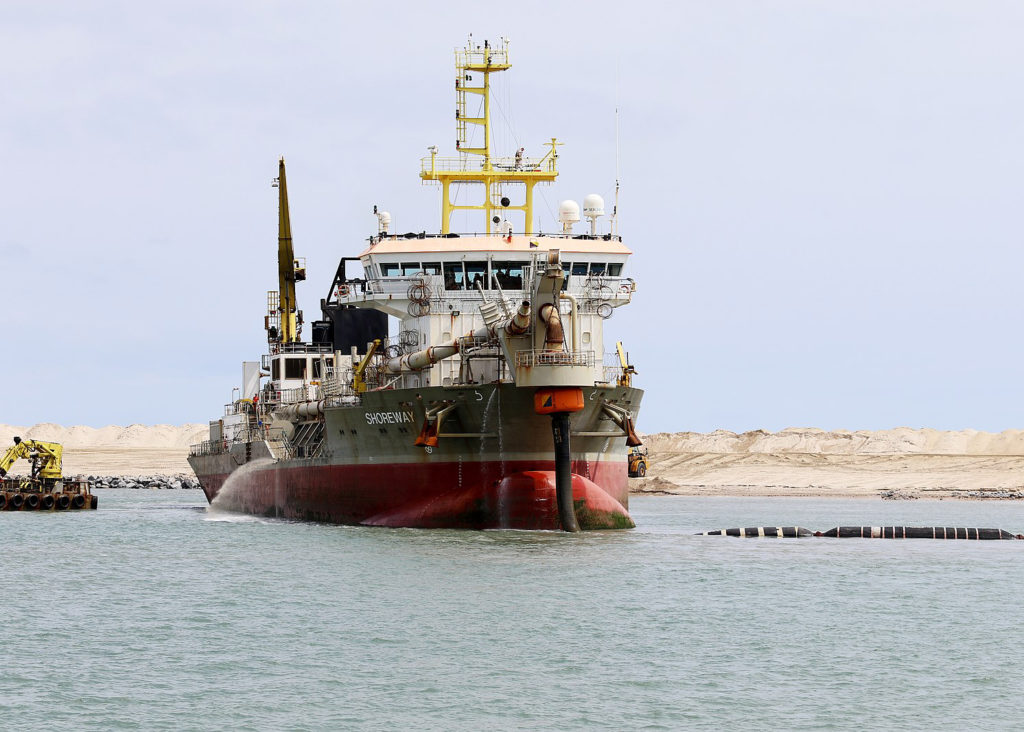
Maintaining navigable shipping channels requires extraordinary power – these 13,000-ton dredging vessels move enough material daily to fill 30 Olympic swimming pools. They excavate over 76,400 cubic meters of material every 24 hours.
These floating giants dig deep, bringing up valuable minerals from the seabed with advanced positioning and depth control systems. The versatility of these ships allows them to operate in various marine environments, though they face growing scrutiny due to their considerable impact on marine ecosystems.
Essential for waterway maintenance and ports, these vessels play a vital role in offshore mining and land reclamation projects despite their substantial operational costs. When critical shipping lanes become choked with silt after storms, these vessels restore navigation within days, preventing supply chain disruptions that would otherwise cost millions.
18. Dragline Excavator
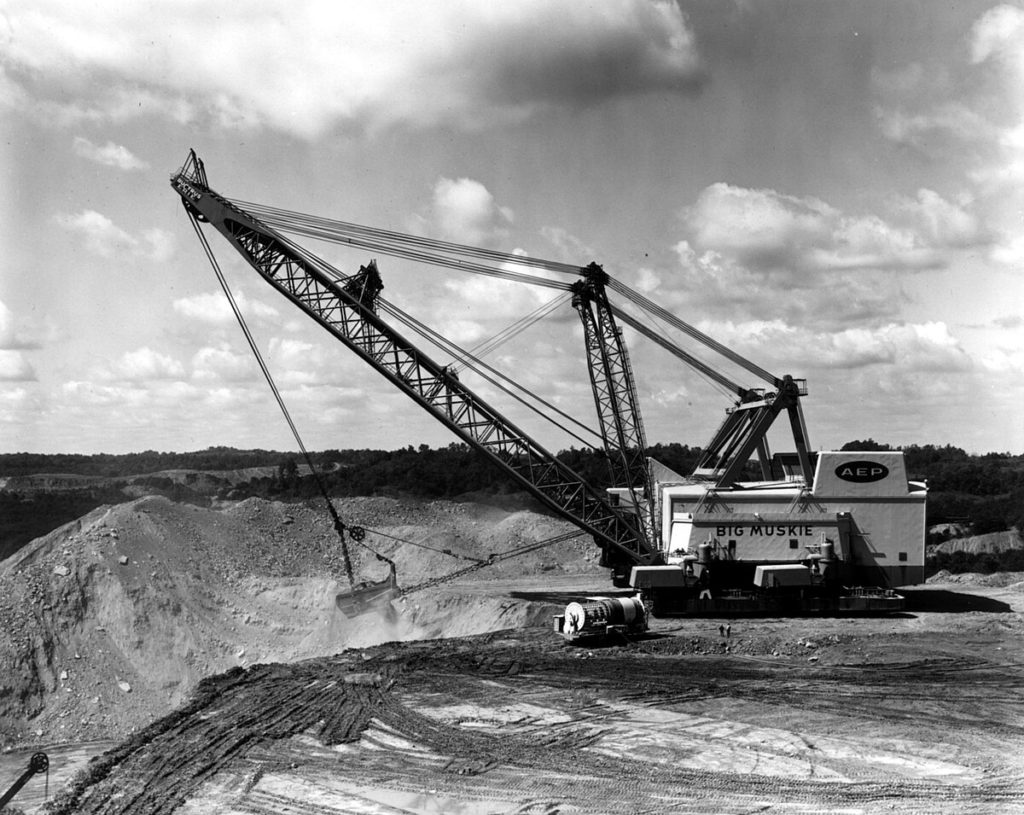
Shifting 170 cubic meters of earth in a single bite, dragline excavators transform entire landscapes with jaw-dropping efficiency. With operating weights between 2,000 to 13,000 tons and boom lengths of 70 to 130 meters, they make entire hillsides disappear in days.
Major mining operations depend on draglines to get the job done. Their capacity leaves standard excavators in the dust, though they face challenges with steep initial costs, transportation difficulties, and notable energy consumption.
These machines demonstrate exceptional excavation power. If you’re managing mineral extraction where sheer volume determines profitability, the dragline’s unmatched excavation capability delivers the economies of scale that keep mining operations competitive.
17. Sarens SGC Series Crane
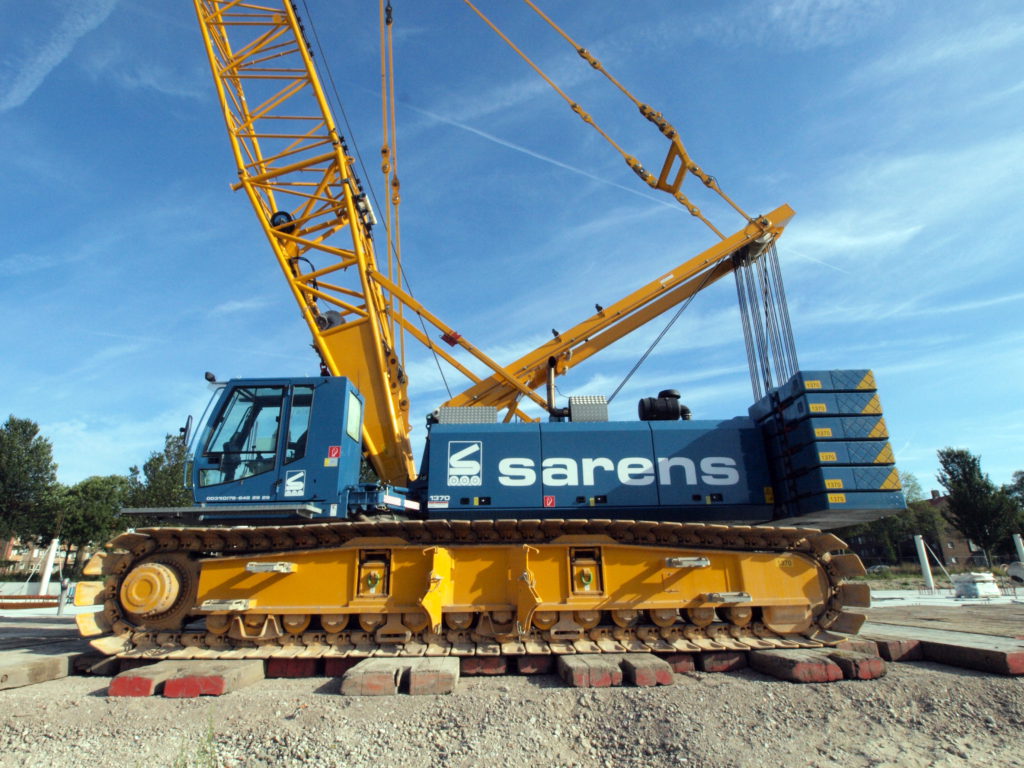
In the world where ordinary cranes fall short, the Sarens SGC-250 steps in with an astonishing 4,000-ton lifting capacity. Its smart modular design pushes capacity even further. One compact model can lift up to 990,000 tons.
This second-generation design sets new standards for the industry, though extremely high acquisition and operational costs limit their accessibility. These cranes require extensive site preparation before assembly and have limited mobility once set up.
Its precision control systems allow millimeter-perfect placement of massive industrial components, enabling construction projects that would otherwise require multiple conventional cranes working in dangerous synchronization.
16. Liebherr R9800 Excavator
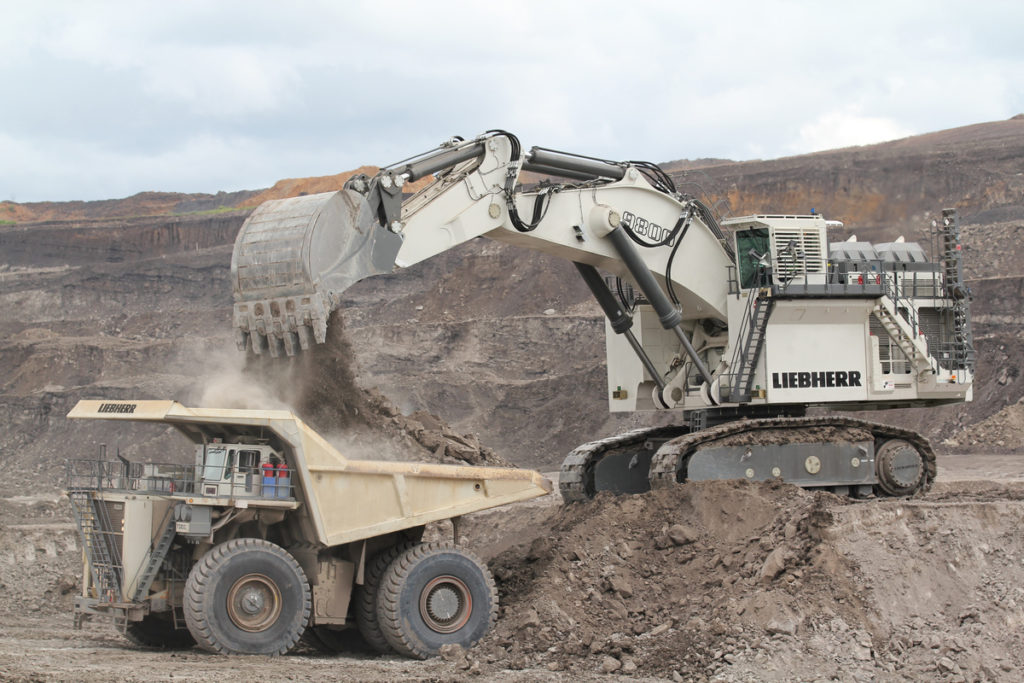
Tougher than anything nature throws at it, the 800-ton Liebherr R9800 excavator dominates the harshest mining environments with relentless power. Its engine cranks out 4,000 horsepower (2,984 kW) – more than 20 family cars combined.
Each bucket scoop holds 47.5 cubic meters of material. It tackles the most demanding conditions without flinching, though mining operations must manage its high maintenance expenses and considerable emissions.
The industry faces increasing pressure to develop electrification solutions and reduce environmental impact from these colossal machines. During cyclical mine shutdowns, when every hour costs operators thousands in lost production, the R9800’s reliability keeps material flowing from pit to processor without interruption.
15. Sun Demolition Machine
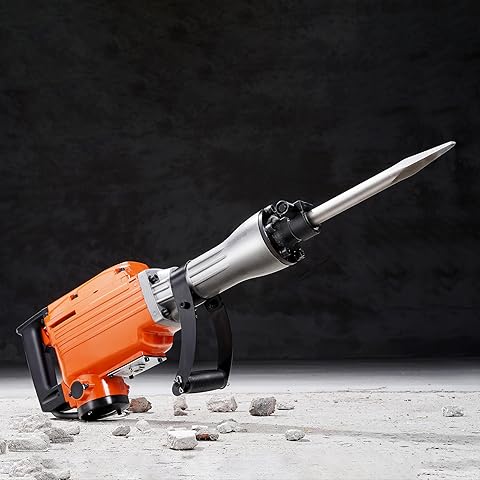
Demolishing skyscrapers requires specialized giants – meet the 65-meter-tall Sun machine that makes concrete crumble like sandcastles. Based on the Kobelco SK 3500D, this specialized demolition equipment weighs in at 350 tons!
Its bucket grabs up to 22 square meters of material at once. The robust engine generates 1,530 horsepower. Equipped with specialized attachments for various demolition tasks and advanced safety features for high-risk operations, this machine excels in high-rise demolition projects.
Its formidable acquisition costs and transportation challenges limit its market to large-scale urban demolition specialists. Its sophisticated hydraulic systems enable selective dismantling with surgical precision, preserving adjacent structures that traditional demolition methods would endanger.
14. Caterpillar D11T Bulldozer
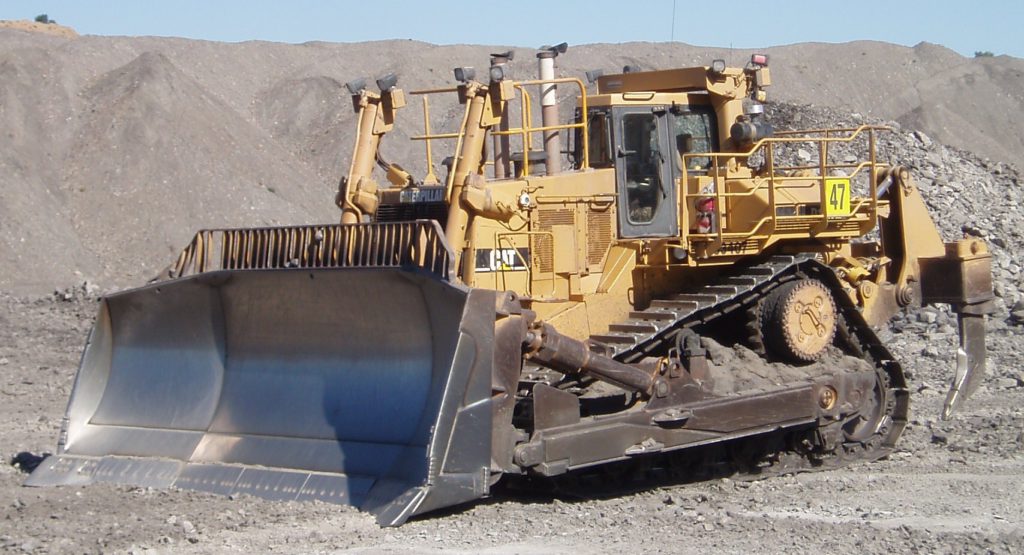
The legendary Caterpillar D11T delivers earth-moving force that rewrites topography. This large track-type tractor weighs 104,200 kg and its engine delivers 850 horsepower (634 kW) of raw pushing power. For those interested in even more extreme earth-moving capability, check out some of the most incredible trucks that are redefining power in the construction industry. The blade scoops up 57 cubic meters with each pass, depending on blade type.
Its advanced powertrain enables efficient operation in challenging conditions, while integrated technologies improve productivity and precision. These machines face challenges with substantial initial costs, notable fuel consumption, and restricted maneuverability in confined spaces.
Used extensively throughout mining, construction, and land development projects, they’ve become the industry benchmark for heavy-duty dozing operations. One D11T can move 57,000 cubic meters of material in a single shift – equivalent to filling 23 Olympic swimming pools with earth.
13. Crane Ship

Offshore construction challenges conventional engineering, which is why these specialized crane ships hoist 3,700-ton loads while floating in open seas. Their specialized hull design improves stability during lifts.
Measuring 110 meters long and 50 meters wide, they handle enormous loads with precision primarily for offshore construction and salvage operations. These vessels face challenges with high operational costs, limited maneuverability in adverse weather, and complex logistics for project mobilization.
Vital for offshore oil and gas industry construction, they continue to evolve to improve operational efficiency and reduce environmental impact. If you’re managing offshore energy infrastructure, these specialized vessels reduce your installation timeframes from months to weeks while minimizing weather-related delays.
12. Slaypner Submarine Style Vessel
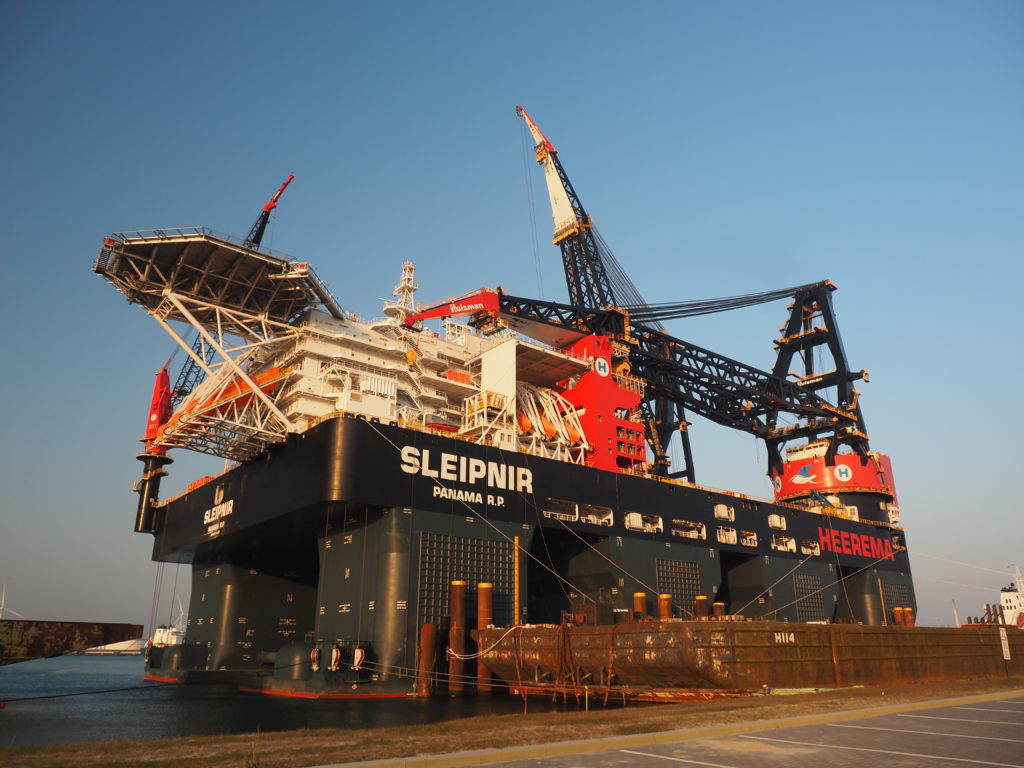
Sunken oil platforms and damaged underwater structures meet their match in the Slaypner’s twin cranes, capable of 20,000-ton recovery operations. This specialized vessel retrieves massive sunken structures with unprecedented capability.
From damaged oil rigs to wind farm components, it handles the toughest recovery jobs in the most challenging marine environments. These submarine-style ships offer exceptional lifting force in demanding conditions.
Few vessels can handle complex ocean recovery projects as effectively while continuing to withstand the harshest marine environments. No other recovery vessel can match its 20,000-ton lifting capacity – the equivalent of hoisting the entire Eiffel Tower from the seabed in a single operation.
11. Shell Prelude FLNG Facility
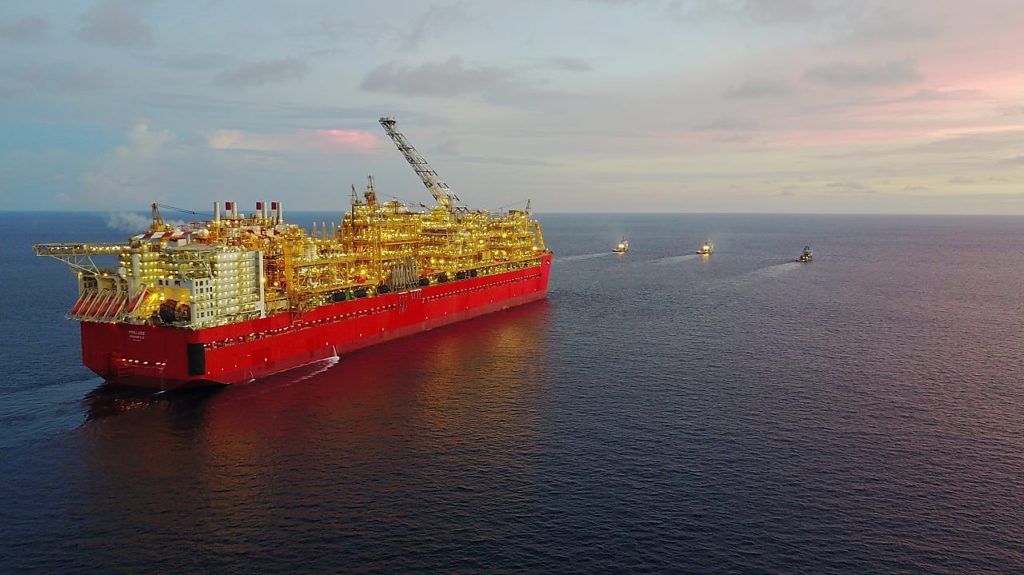
Nearly half a kilometer long and processing 3.6 million tons of natural gas annually, the Shell Prelude FLNG makes conventional ships look like bathtub toys. This offshore liquefied natural gas facility stretches 488 meters long and 74 meters wide!
It holds enough water to fill six aircraft carriers with storage capacity for 220,000 m³ of LNG, 90,000 m³ of LPG, and 126,000 m³ of condensate. Secured by 16 anchor points and designed to withstand category 5 cyclones, this vessel faced challenges with its $12-17 billion construction costs and technical scaling issues.
With an expected operational life of 20-25 years, it pioneered large-scale FLNG technology despite early production delays. During category 5 cyclones that would force conventional vessels to evacuate, the Prelude remains operational, processing gas without interruption while waves crash against its massive hull.
10. Flotel Superior
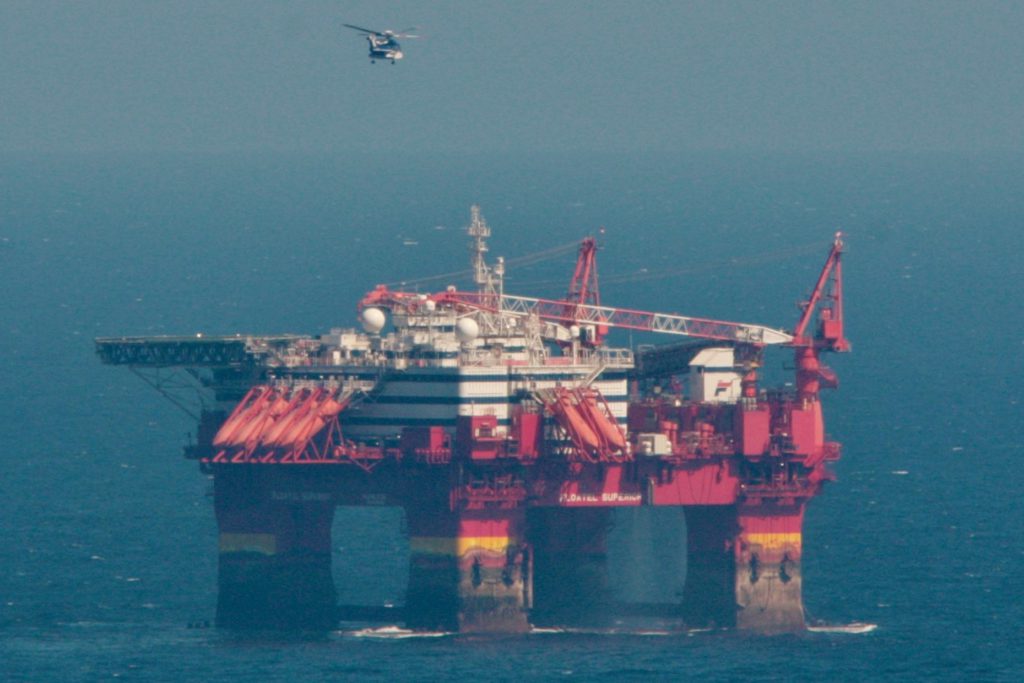
Home away from home for 440 offshore workers, the Flotel Superior maintains perfect positioning in rough seas while providing crucial comfort. Measuring exactly 106.8 meters long and 70.4 meters wide, its advanced DP3 dynamic positioning system keeps it precisely in place.
It features a Sikorsky S-92 compatible helideck and can maintain position right next to offshore rigs. The semi-submersible design adds stability even in rough seas.
Widely adopted in North Sea oil and gas operations, it has contributed to improved safety and comfort for offshore workers. If you’re planning extended offshore operations in the harsh North Sea, this floating accommodation provides the crew comfort and safety that directly translates to higher productivity and lower project delays.
9. Yantai Raffles Shipyard Crane
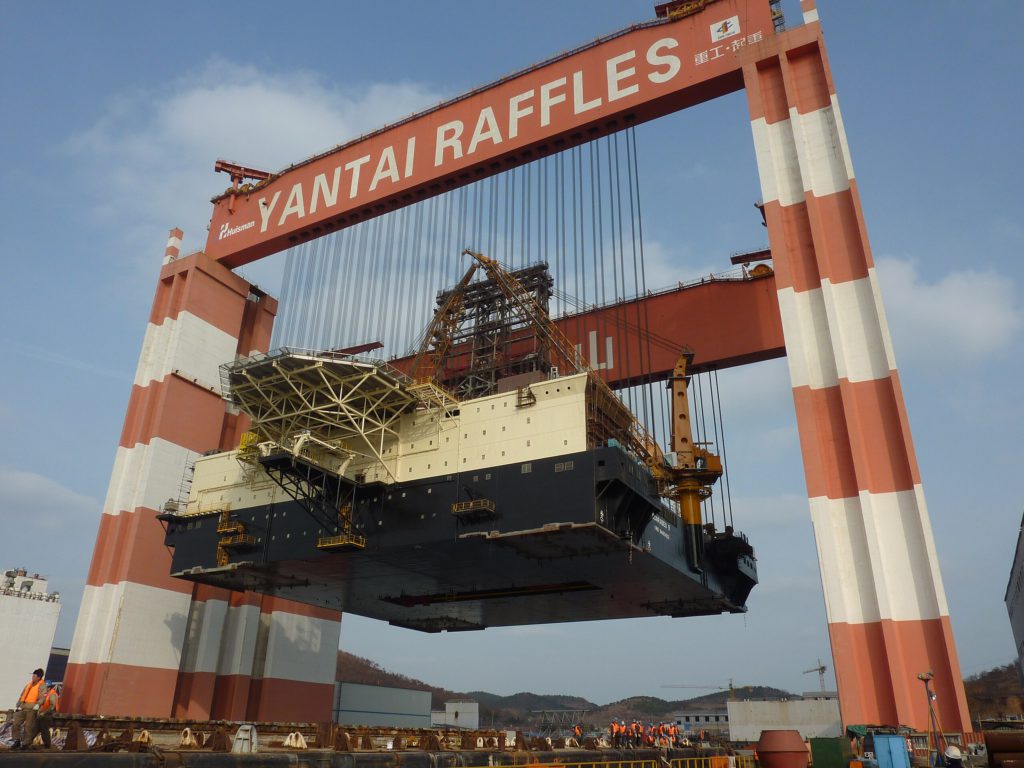
Holding the Guinness World Record for heaviest lift, this 133-meter behemoth transforms shipbuilding with its 20,000-ton capacity. With a 120-meter span and 64-meter rail gauge, its dual-boom design enhances stability when lifting and transporting entire offshore platforms.
This gantry crane revolutionized platform construction methods, enabling the assembly of larger, more complex offshore structures. It represents a unique asset for large-scale shipbuilding and offshore construction with its value tied to demand for mega-structures in marine industries.
When assembling the latest generation of offshore platforms that can weigh as much as a small skyscraper, this crane completes in days what would take months using multiple smaller lifting systems.
8. DBM Machine
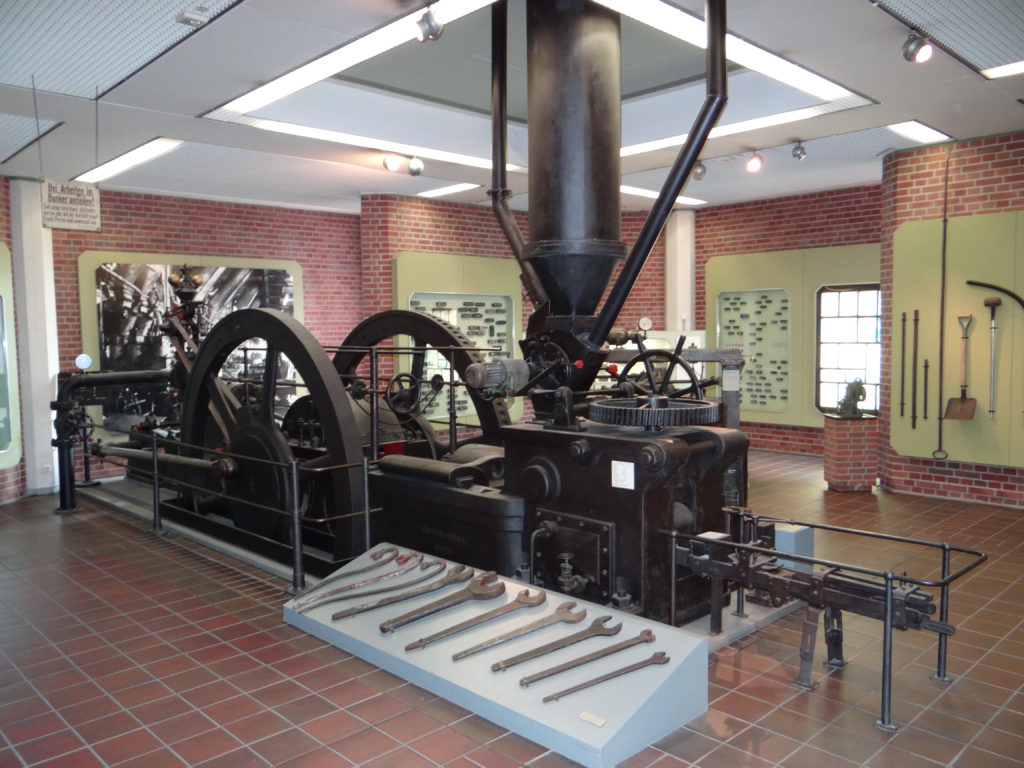
Relocating entire historical buildings might sound impossible, but the 1,500-ton DBM machine accomplishes this architectural magic without demolition. This building moving equipment stretches 100 meters and uses a hydraulic lifting system where multiple synchronized units work together.
It minimizes demolition costs and preserves historically significant structures that would otherwise face destruction. Featured in several high-profile building relocation projects, these specialized machines serve a niche market with demand tied to urbanization trends and preservation initiatives.
7. Launch Complex 39B
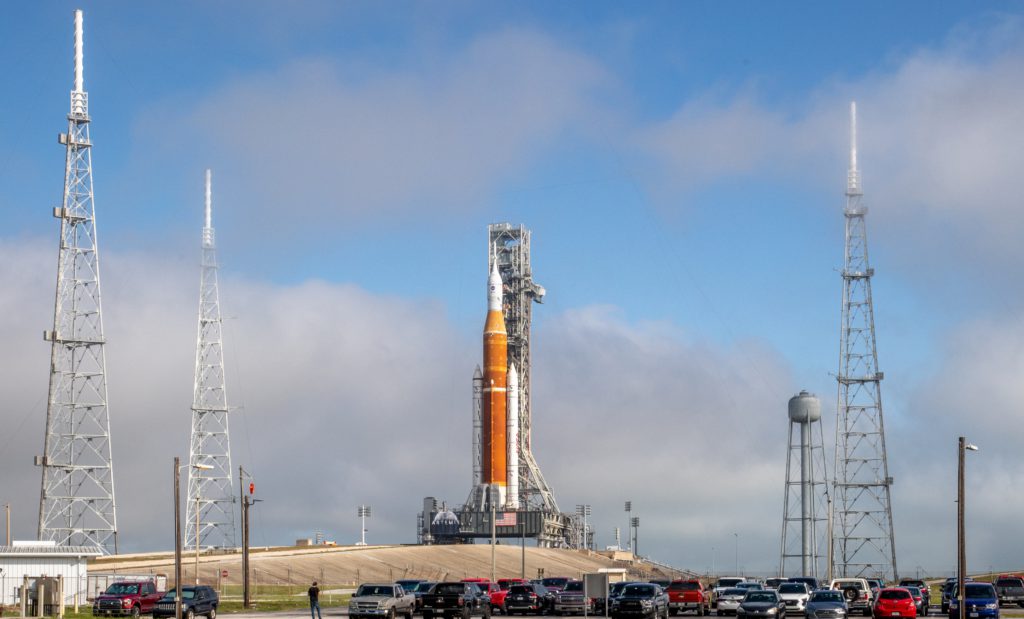
Surviving rocket launches requires extraordinary heat management – Launch Complex 39B dumps 1.5 million liters of water in just 60 seconds. This space launch facility uses 96,000 fire-resistant bricks in its construction across its 0.65 square kilometer pad area.
Its advanced lightning protection system and mobile launcher concept reduce pad turnaround time. This historic site of Apollo and Space Shuttle launches now serves as a key facility for NASA’s Artemis program and deep space exploration, adapting to compete with commercial launch providers.
6. Autonomous Komatsu AHS Dump Truck
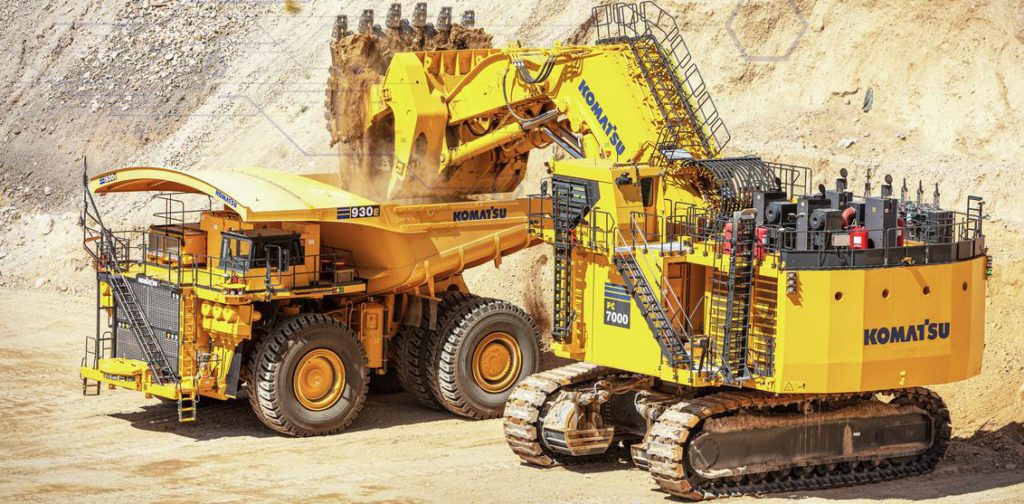
Mining’s dangerous 24/7 demands have met their technological solution in the self-driving Komatsu AHS trucks that never need breaks. Advanced GPS, obstacle detection systems, and AI-powered route optimization control these autonomous haulers.
Each truck moves 230 tons of material per load. They travel up to 64 kmph on mining roads. Operating continuously without driver fatigue, these trucks improve safety by removing humans from hazardous areas while increasing efficiency.
They’ve driven the trend toward autonomous mining equipment despite raising job displacement concerns in the mining industry.
5. Modulus System M150 Trackway
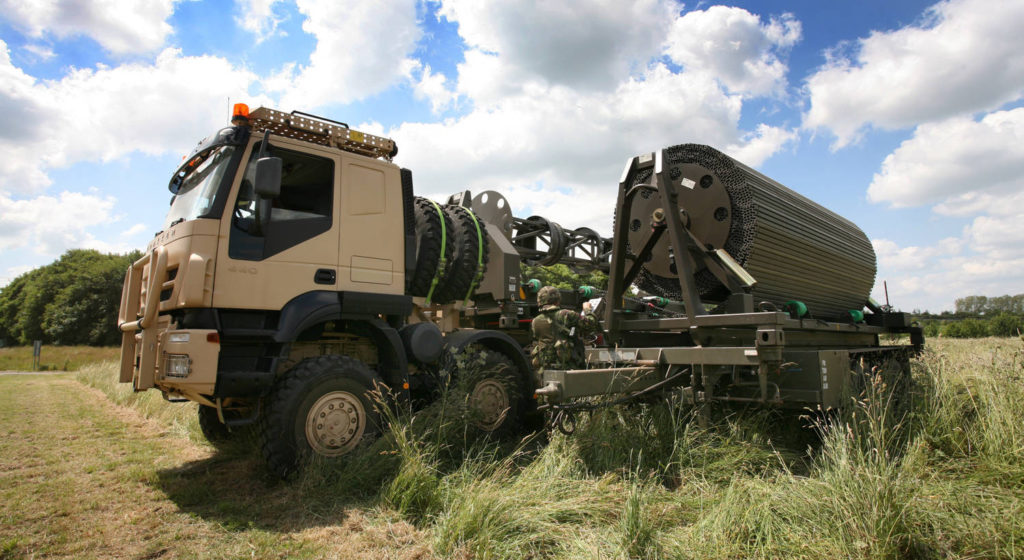
When disaster strikes remote locations, the rapid-deploy M150 Trackway creates instant roads where conventional vehicles would be hopelessly stranded. This temporary road system weighs about 70 tons.
Quick-connecting panels link together to form solid roadways that support double the system’s weight. Even small teams can assemble these roads quickly. The modular design allows for flexible configurations, enhancing mobility for military operations, disaster relief, and large-scale event management. This system serves specialized markets with steady demand from military and emergency services.
4. Tigercat 724G Feller Buncher
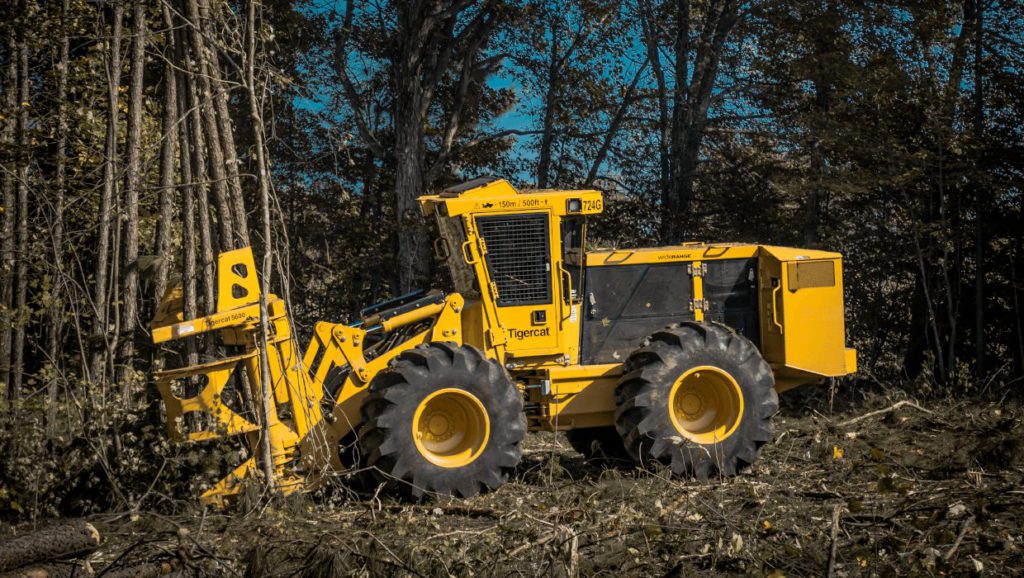
Conquering forests of 1,000mm-thick trees require specialized logging equipment – the Tigercat 724G slices through them while maintaining perfect balance on steep slopes. Its 210 kW engine makes short work of timber down to its roots.
Weighing approximately 30,000 kg, it features a leveling system for operation on challenging terrain and a 360-degree continuous rotation saw head. Despite raising environmental concerns over large-scale forest harvesting, it maintains steady demand in regions with significant logging industries, though long-term value may be affected by environmental regulations.
3. Hitachi EX5600-7 Excavator

Weighing as much as 140 elephants, the 560-ton Hitachi EX5600-7 excavator transforms mining economics with each 40-cubic-meter scoop. Powered by a 2,130 kW engine, the machine moves mountains of material every working day.
Advanced monitoring systems optimize performance while improved fuel efficiency reduces operating costs. Its market demand ties closely to global commodity prices, with long-term value affected by shifts toward sustainable mining practices as the industry faces growing environmental concerns.
2. Liebherr LTM 11200 Crane
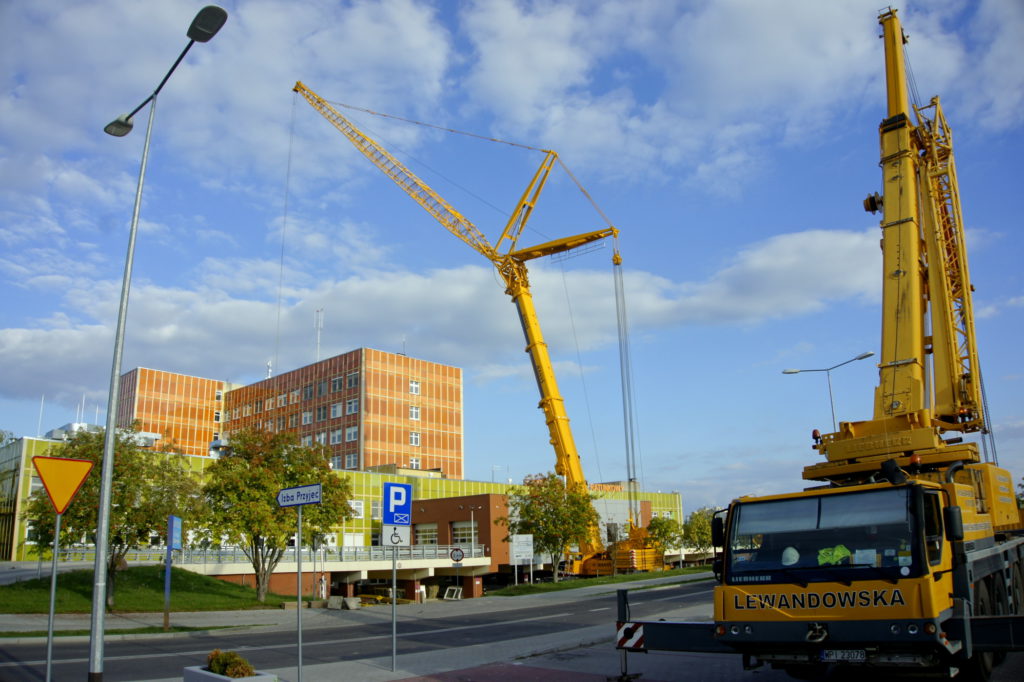
While most cranes stay fixed at construction sites, the road-mobile Liebherr LTM 11200 travels between jobs despite its massive 1,200-ton capacity. Its boom extends to 100 meters, helping build our tallest structures with remarkable precision.
It completes high-rise construction projects quickly and safely. Unlike many competitors, these cranes can travel on public roads between job sites, giving them versatility that fixed cranes can’t match in today’s fast-paced construction environment.
1. John Deere X9 1100 Combine Harvester
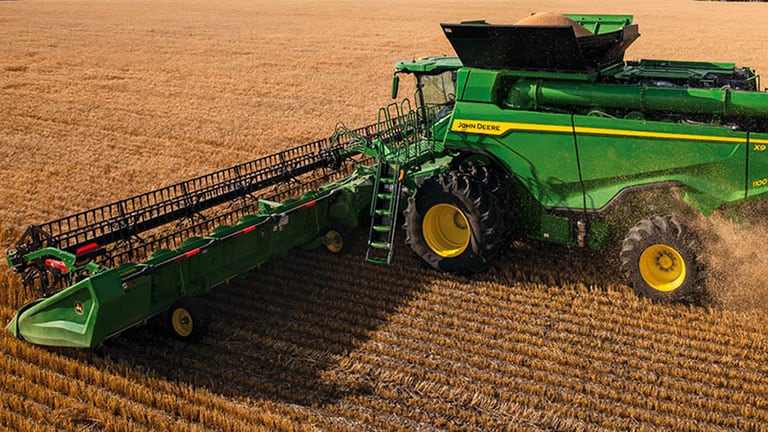
Harvesting 195 tons of grain hourly, the John Deere X9 1100 accomplishes in minutes what would have taken entire farming communities’ days to complete. This agricultural powerhouse packs 639 horsepower under the hood.
It processes 7.29 bushels per second with remarkable precision. Farmers from the 1920s wouldn’t recognize modern agriculture with these mechanical marvels at work. This machine combines raw power with smart efficiency, dramatically increasing productivity while maintaining grain quality and reducing harvest losses compared to previous generations of equipment.




























